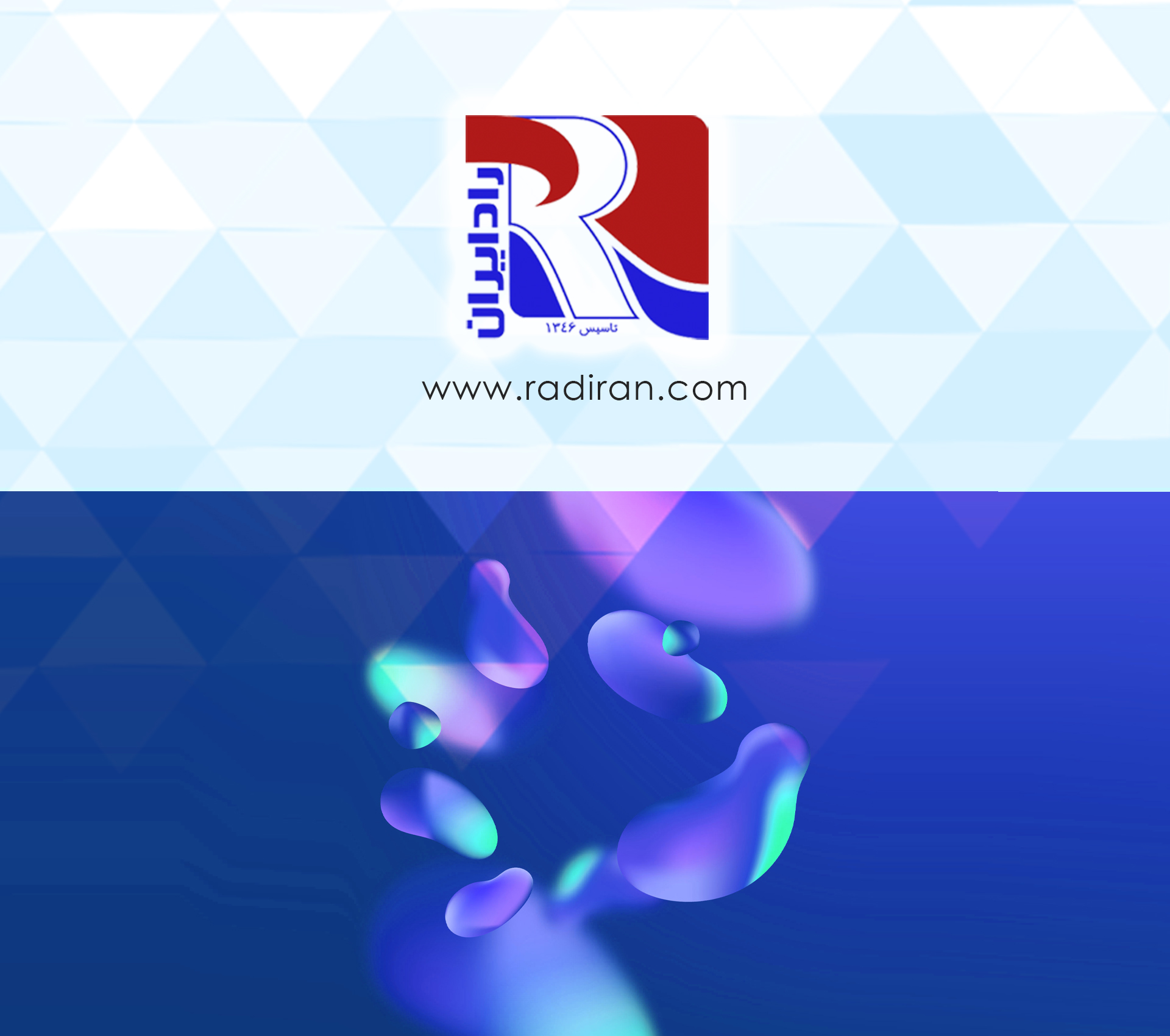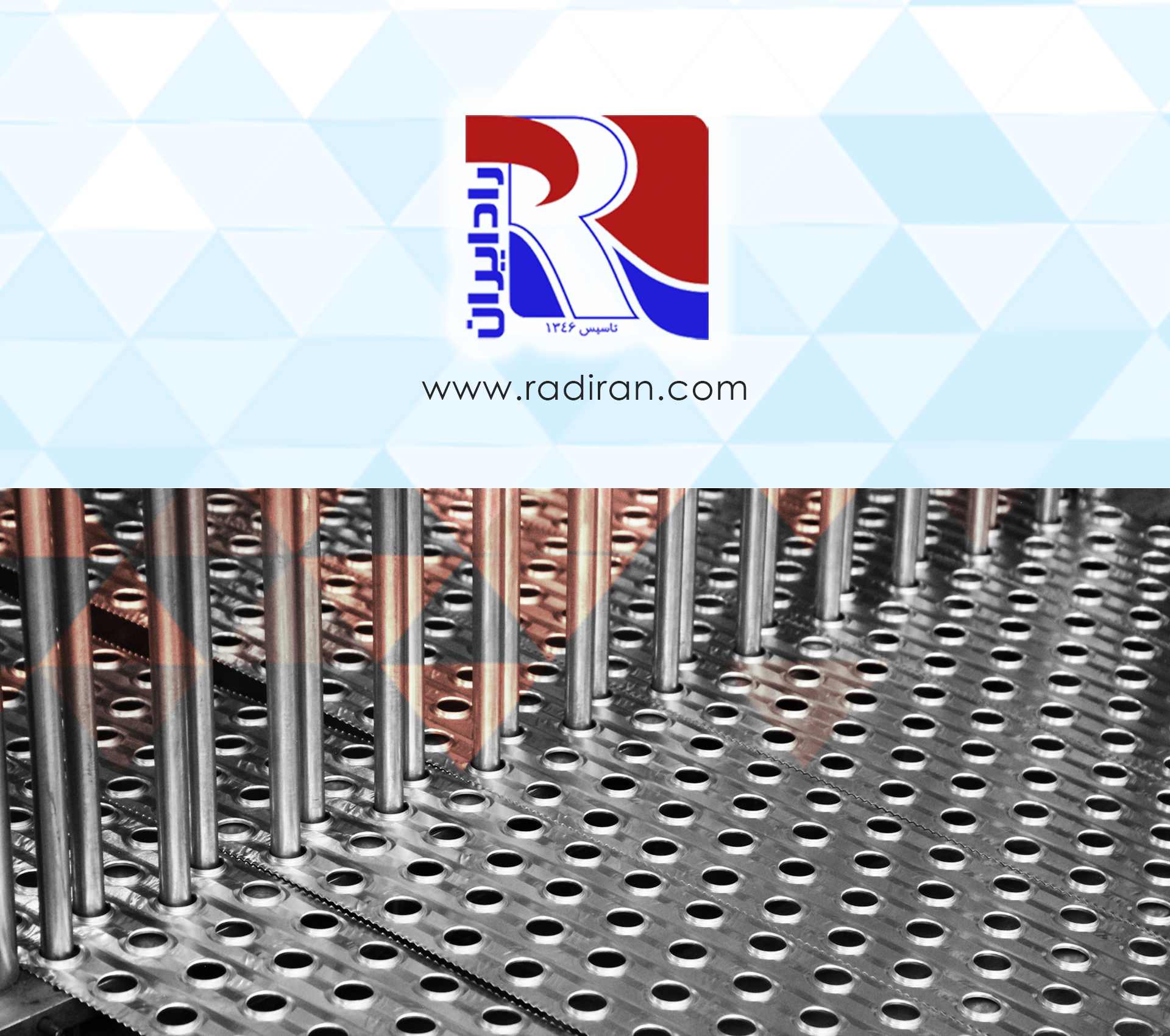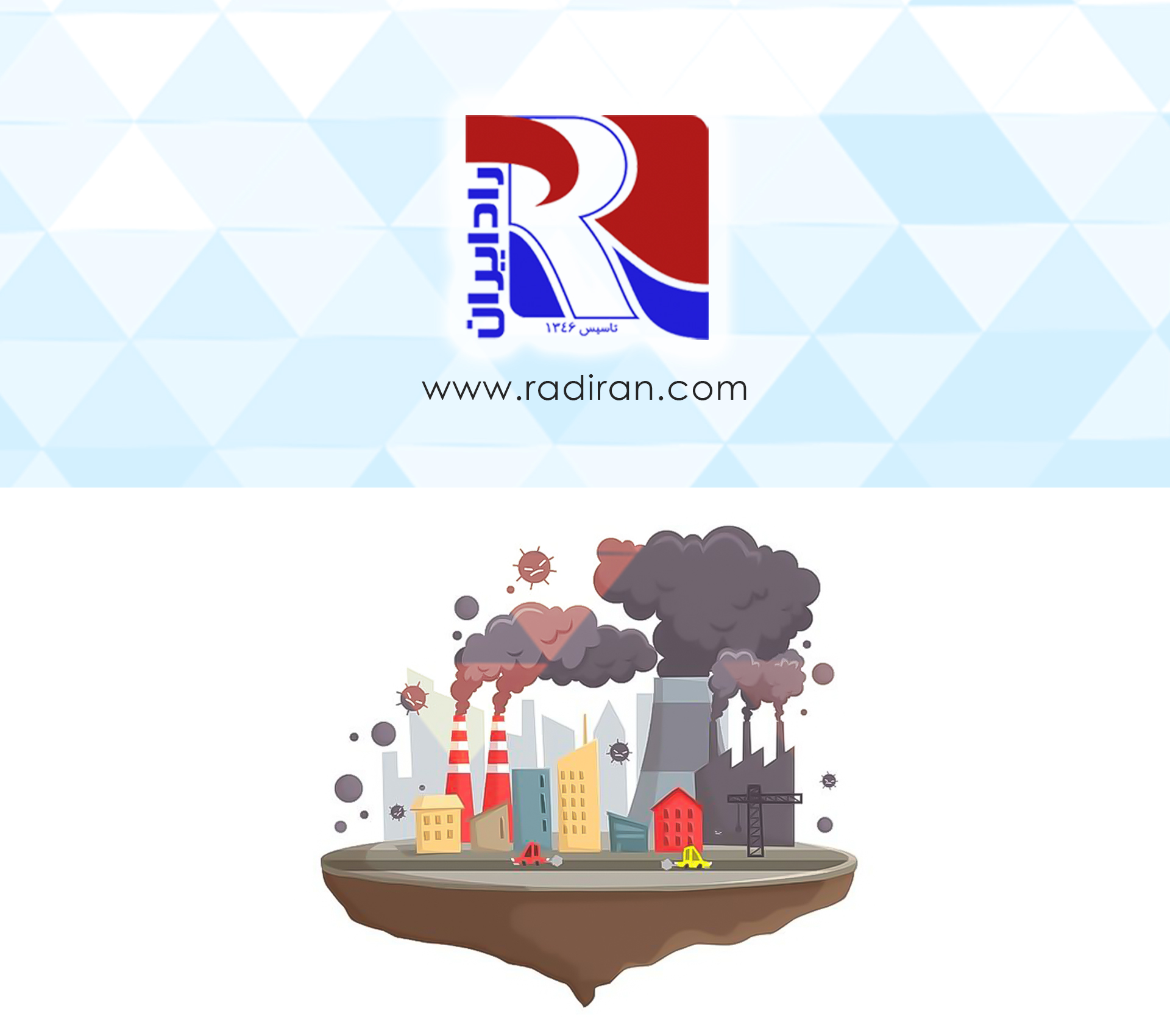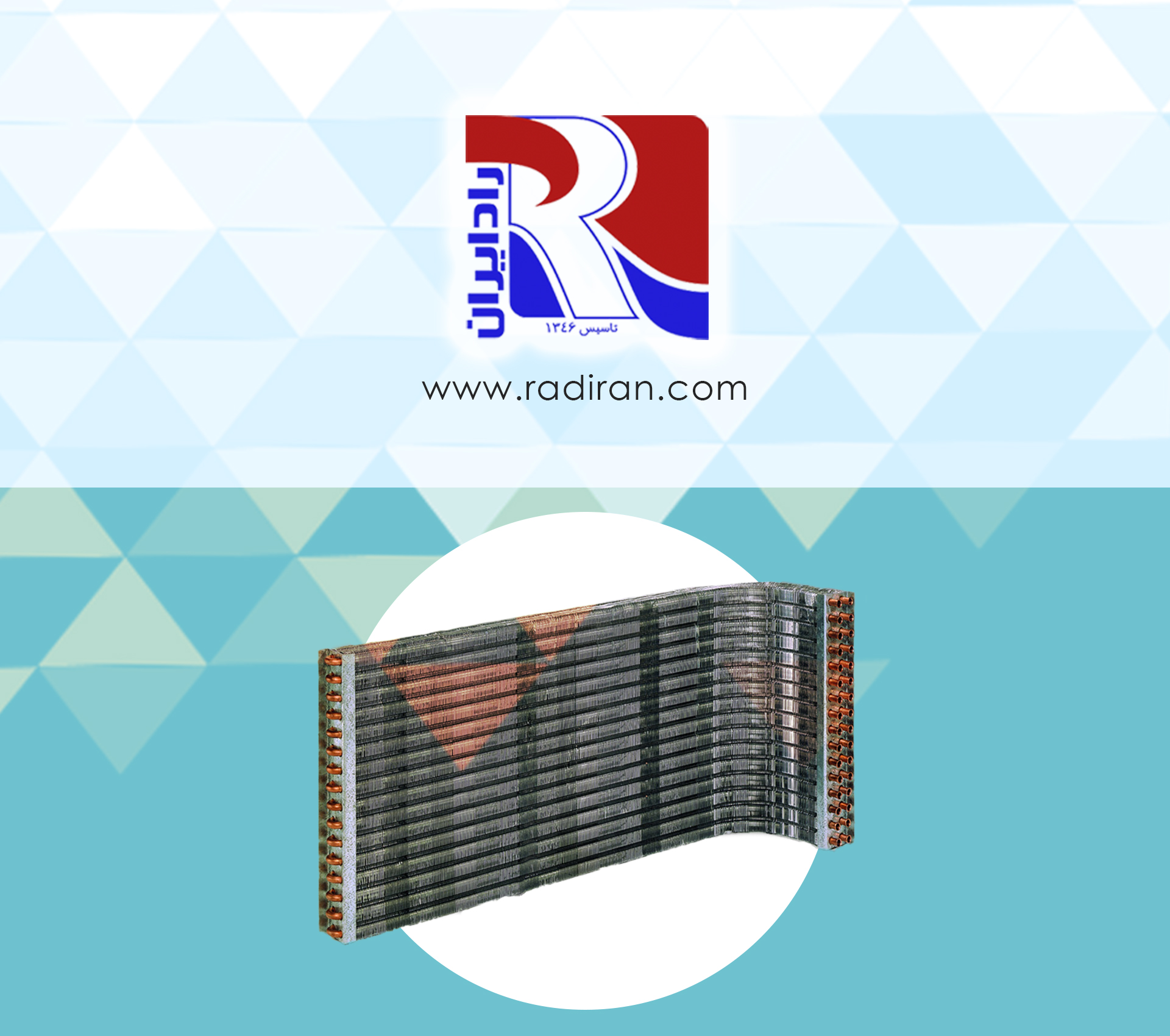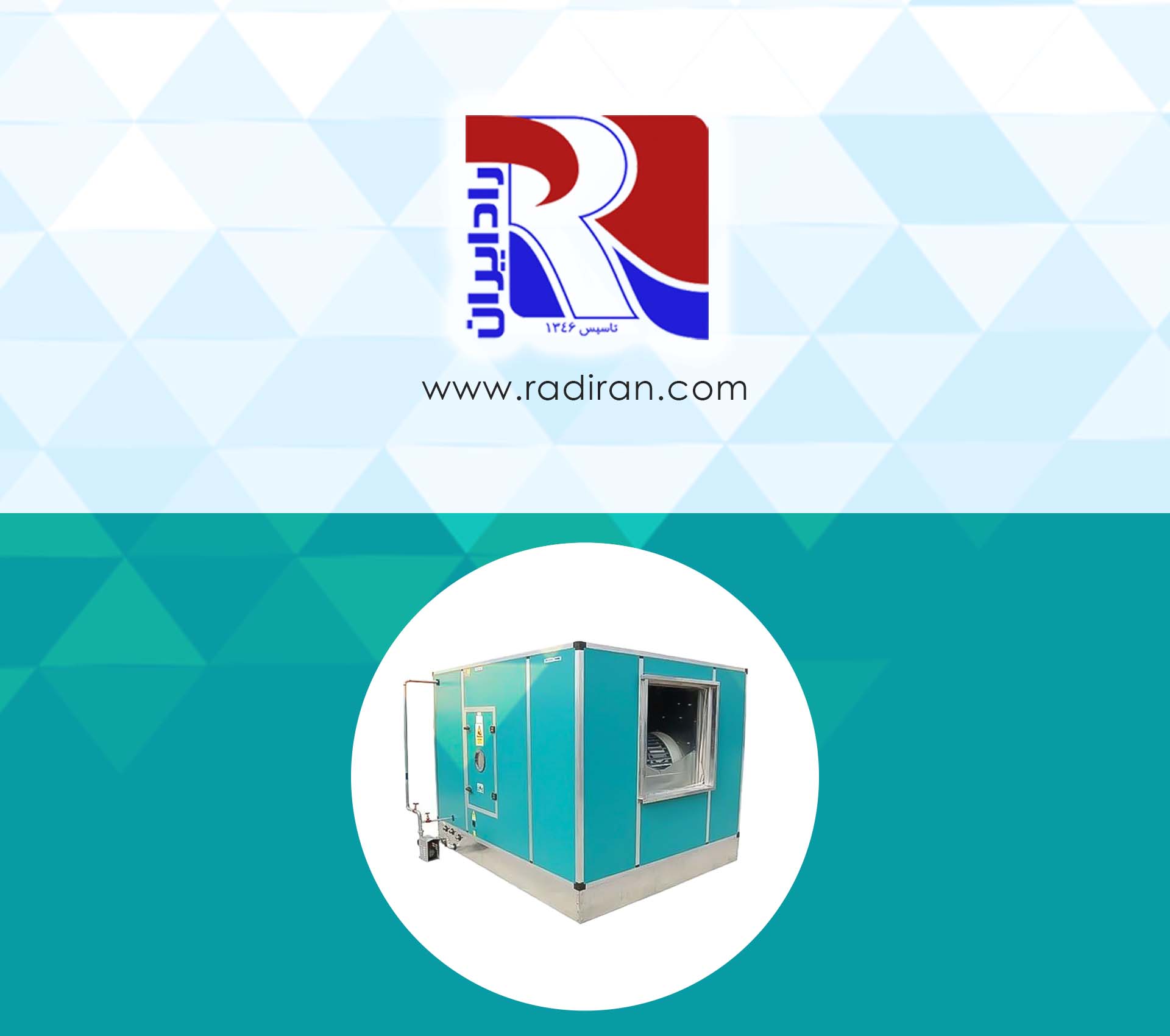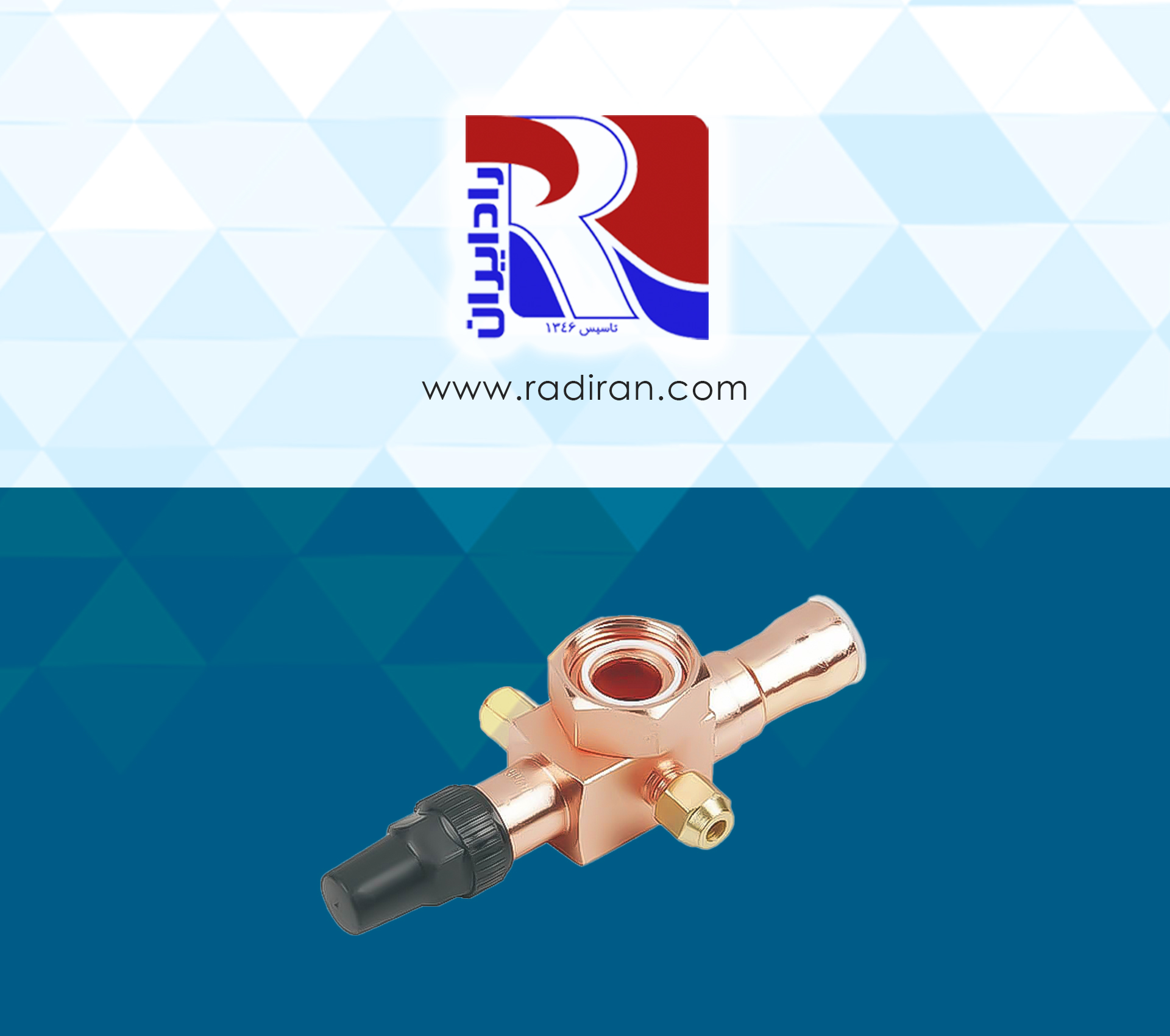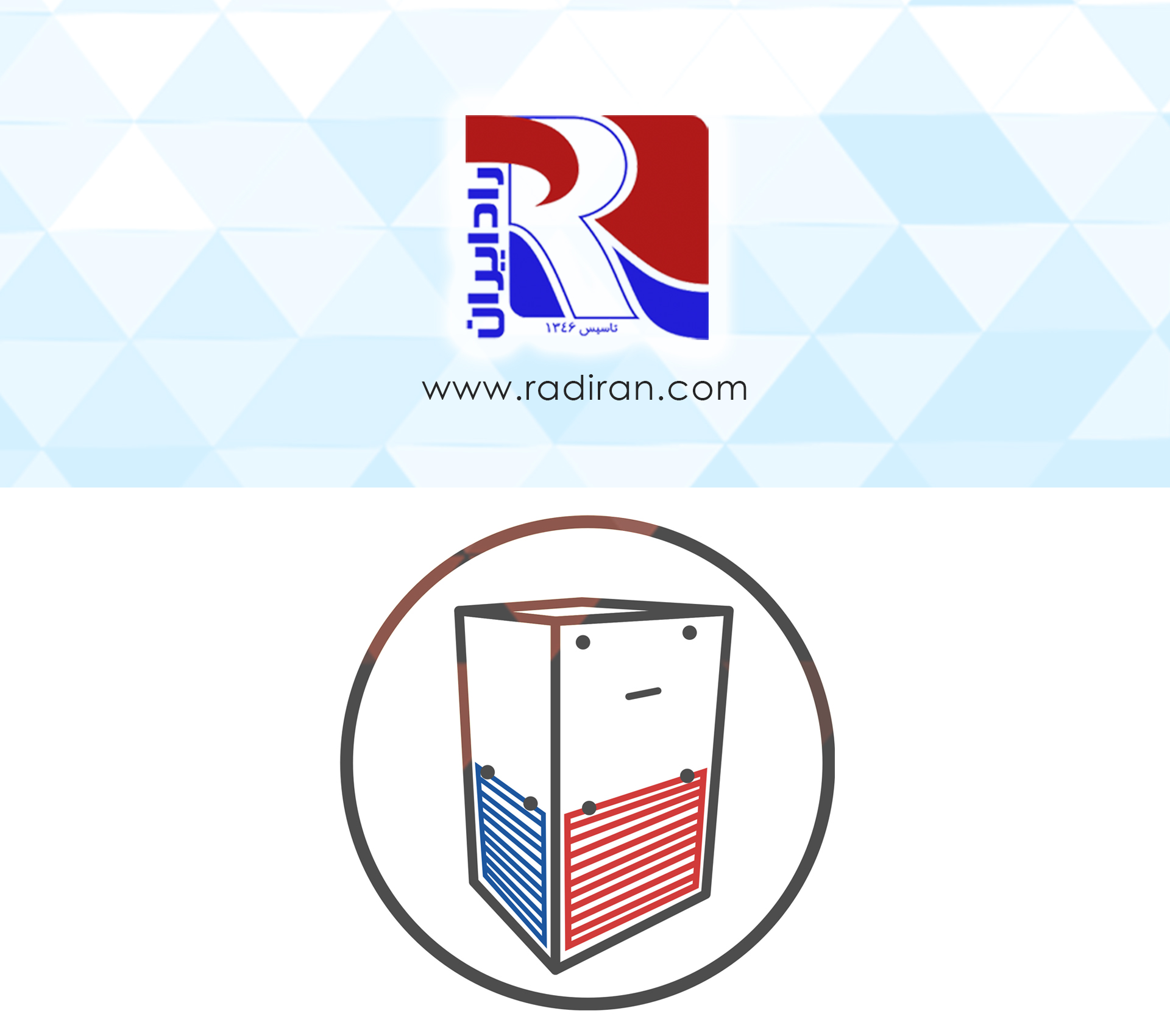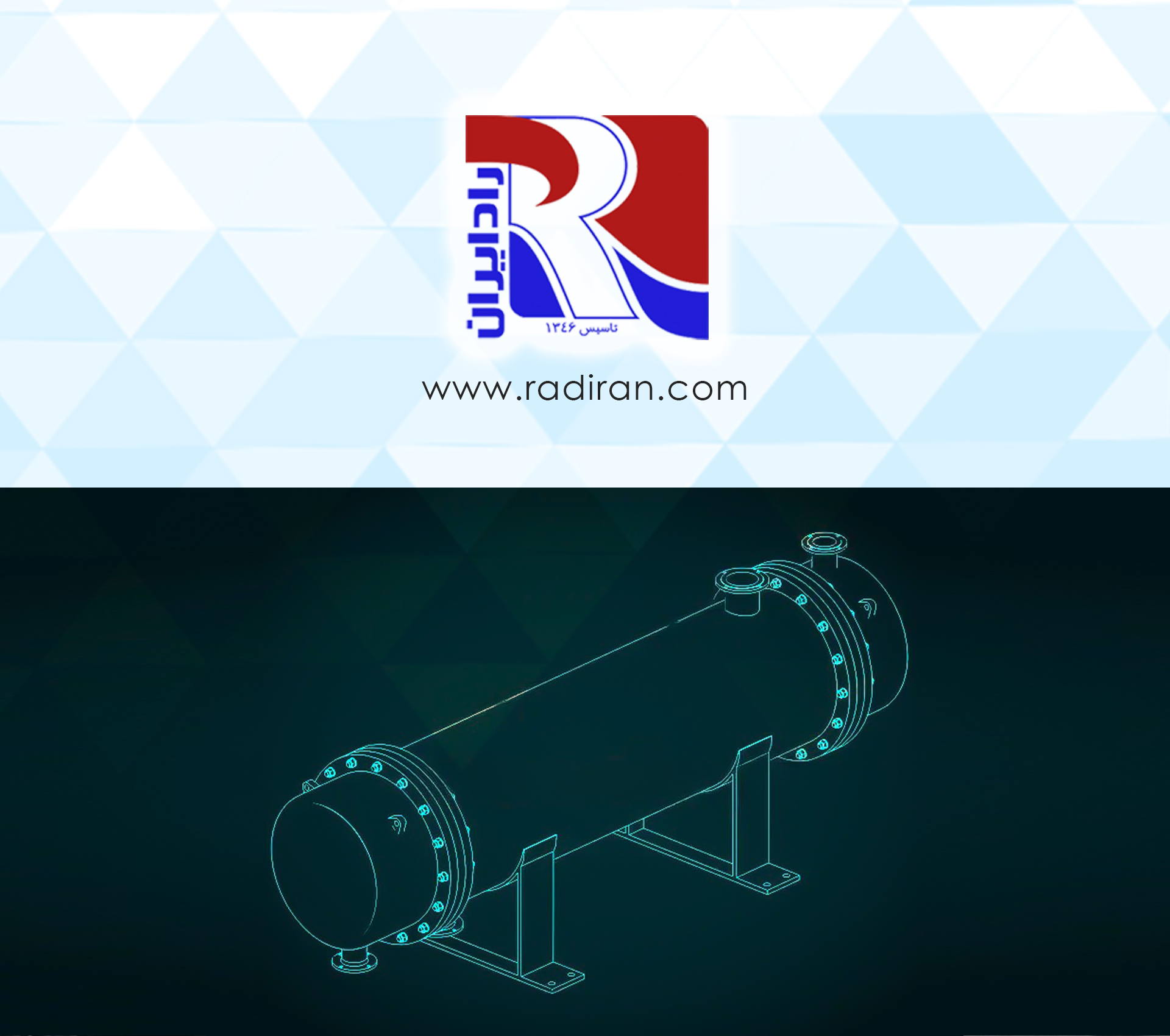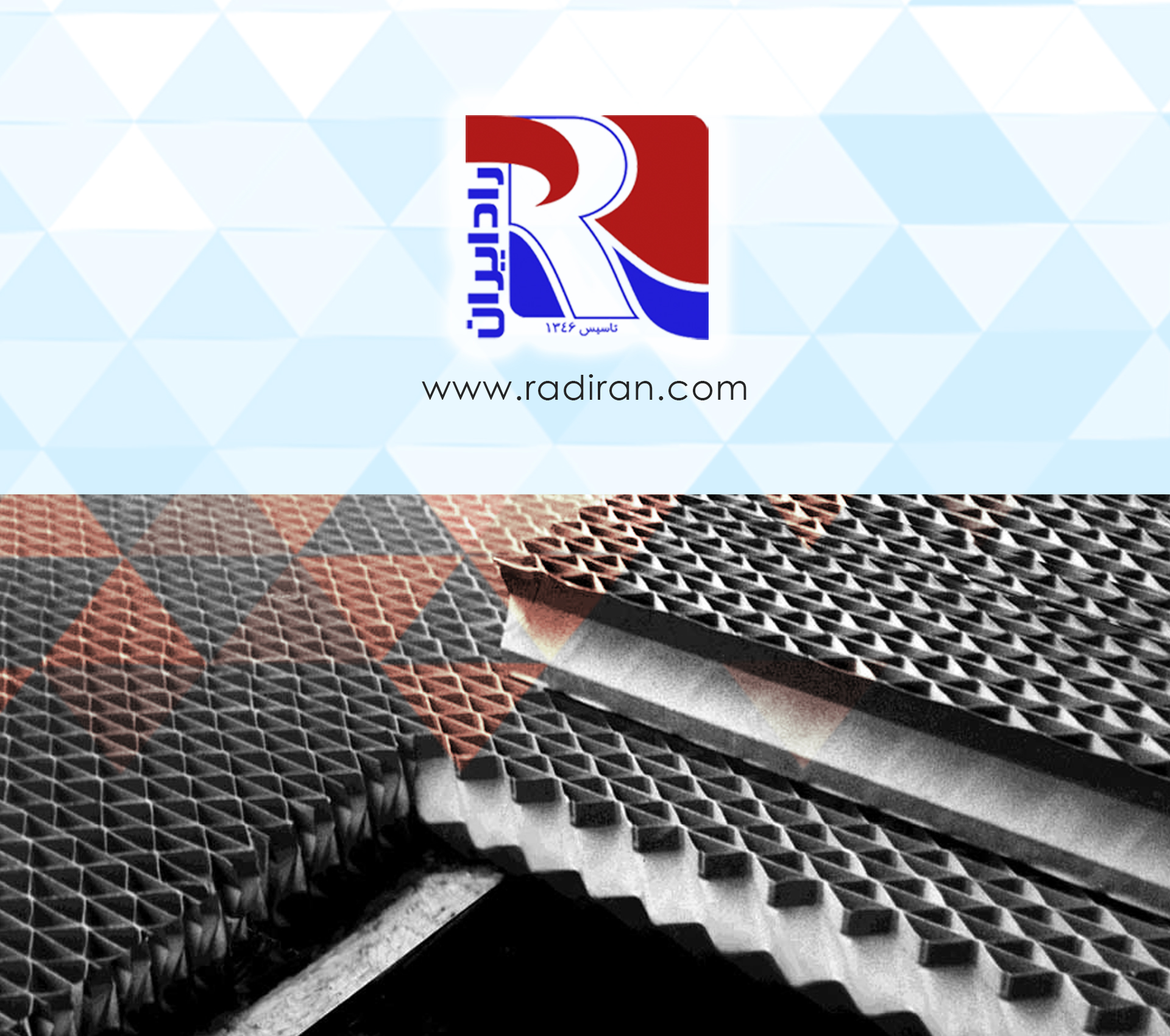Modeling Fluid Flow and Heat Transfer in Aluminum Fin Coils with Copper Tubes in Dust-Contaminated Environments
Aluminum finned coils equipped with copper tubes are among the most widely used components in HVAC systems and industrial cooling and heating equipment. These coils combine the favorable properties of aluminum fins and copper tubes, resulting in high thermal efficiency and broad applicability across various environments. However, one of the significant challenges faced especially in industrial and urban environments is contamination of coil surfaces with suspended particles, dust, and airborne pollutants, which can severely degrade heat transfer efficiency and increase...

